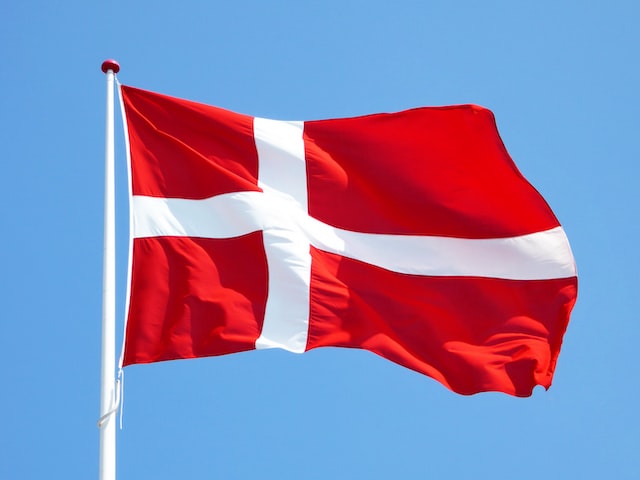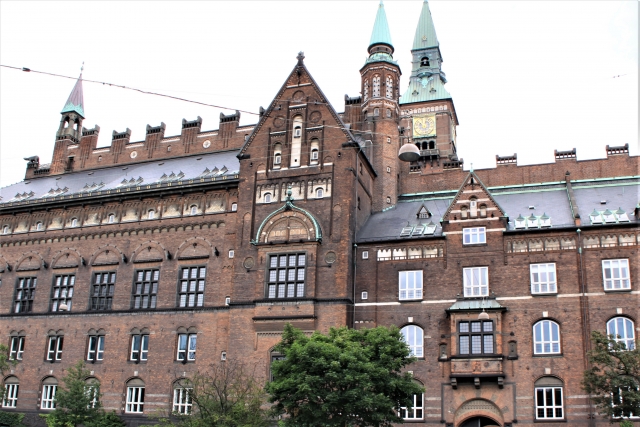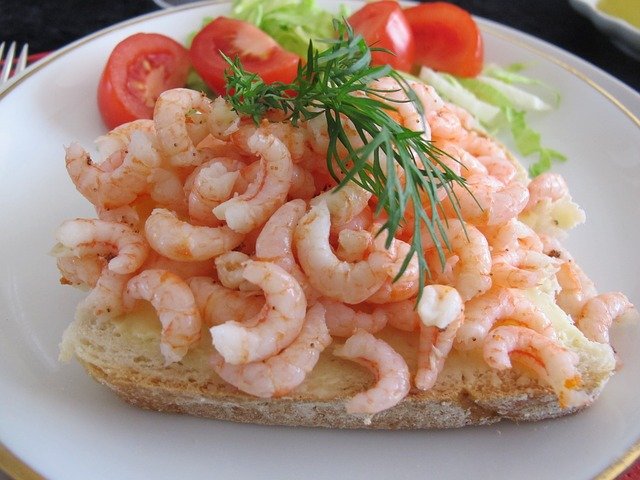Wadden Sea: The world’s largest marshland, spanning three countries including Denmark
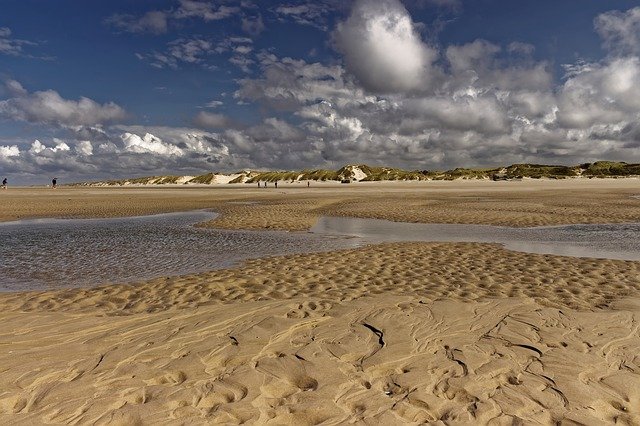
The Wadden Sea is a wetland area that stretches across three countries, from Denmark in the north through Germany to the Netherlands in the south. It is a well-known location with a rich natural environment and ecosystem, and is registered as a Ramsar Convention and World Heritage Site.
In this article, I would like to focus on the characteristics of the Wadden Sea, how to enjoy it during sightseeing, and which country is responsible for its management.
Wadden Sea is the world’s largest tidal flat

In the northwestern part of Europe lies the Wadden Sea, the largest wetland area in the world, which spans across three countries: Denmark, the Netherlands, and Germany. The Wadden Sea covers a vast area, extending from Den Helder in the Netherlands, through German waters, to Esbjerg Bay in Denmark in the north, totaling approximately 500 km in length and covering an area of approximately 11,500㎢.
The Wadden Sea was formed over a long period of time by the repetition of rapid tidal currents. The tides rise and fall in six-hour cycles, and during low tide, visitors can explore the offshore areas on foot.
The vast natural landscape that stretches along the entire coastline of these three countries is recognized worldwide, and the Wadden Sea has been inscribed as a UNESCO World Heritage Site. The registration dates back to 2009, when the waters of the Dutch and German coastlines were first registered, and in 2014, the waters of Denmark were also added to the list.
Jointly managed by Denmark, Germany and the Netherlands
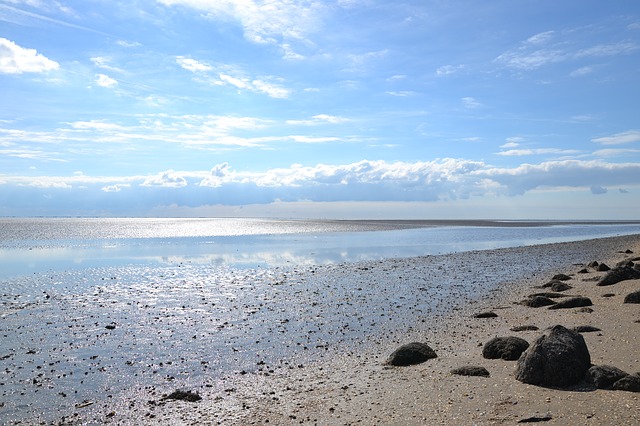
As previously mentioned, the Wadden Sea is a vast wetland area that spans Denmark, the Netherlands, and Germany.In terms of conservation and ownership, the Wadden Sea is jointly managed by these three countries.
The process of joint management began in 1982, when the “Joint Declaration on the Protection of the Wadden Sea” was enacted, which summarized the agreement on the protection of the Wadden Sea. Fifteen years later, in 1997, the “Tripartite Plan for the Wadden Sea” was adopted, which stipulated that the Wadden Sea would be jointly managed by the three countries.
The aim of the joint management is to ensure the sustainable use of the natural resources of the Wadden Sea, while protecting the ecological values of the area. Through their coordinated efforts, the three countries have been able to successfully preserve this unique natural environment.
Rich wetlands with more than 2,000 species
The Wadden Sea is home to a wide variety of creatures, and observing them up close is an exciting part of sightseeing. The fertile mudflats create a perfect environment for life, and it is estimated that over 2,000 species of wildlife inhabit the Wadden Sea.
Among the notable species is the harbor seal, which is the subject of a popular seal-watching event that allows visitors to view the seals at their leisure. In addition, tens of millions of migratory birds, such as starlings, fly into the area in the spring and fall.
Because of its ecological importance, the Wadden Sea was designated as a Ramsar site in May 1987 under the Ramsar Convention, an international treaty that aims to conserve wetlands and ecosystems, including waterfowl.
Conclusion
I have introduced the Wadden Sea, a marshy area that extends along the coastlines of Denmark, Germany, and the Netherlands. As one of the largest wetlands in the world, the Wadden Sea presents a magical world of mudflats that extend as far as the eye can see to the horizon.
The rich ecosystem of various plants and animals that inhabit the Wadden Sea contribute to the unique and beautiful scenery of the region, providing inspiration for many.

